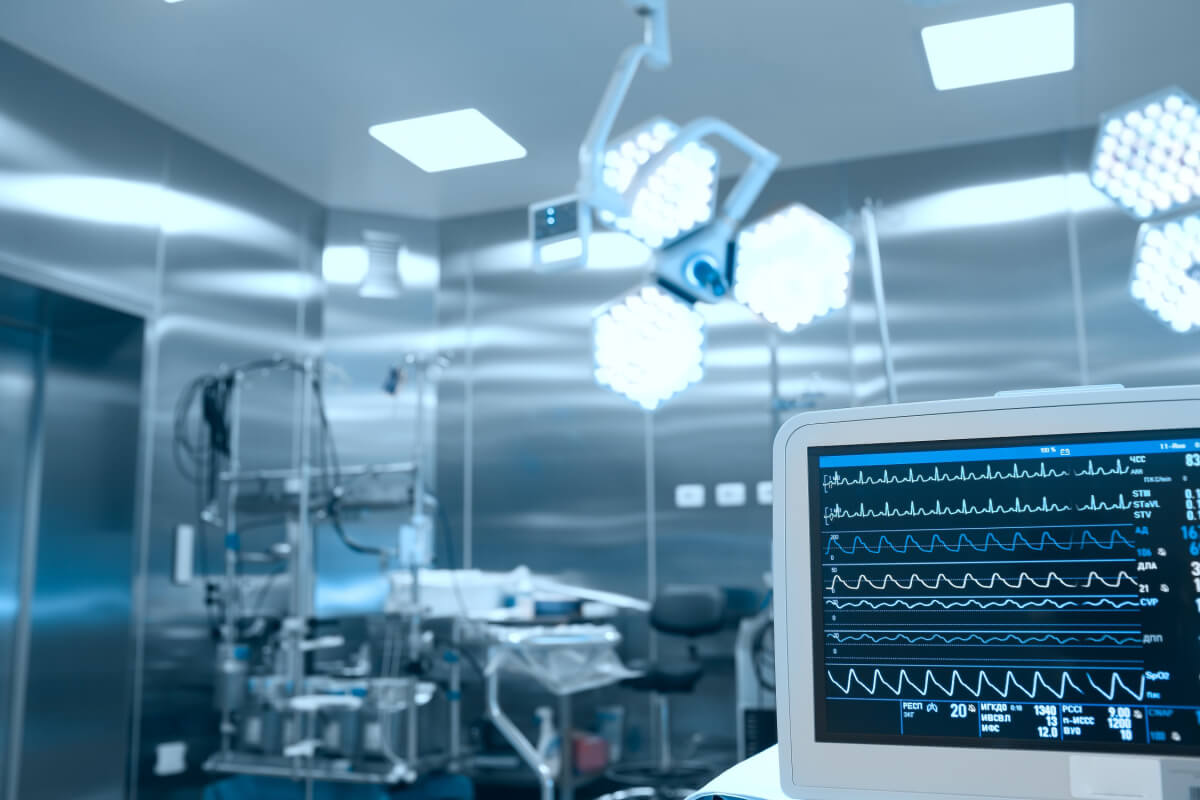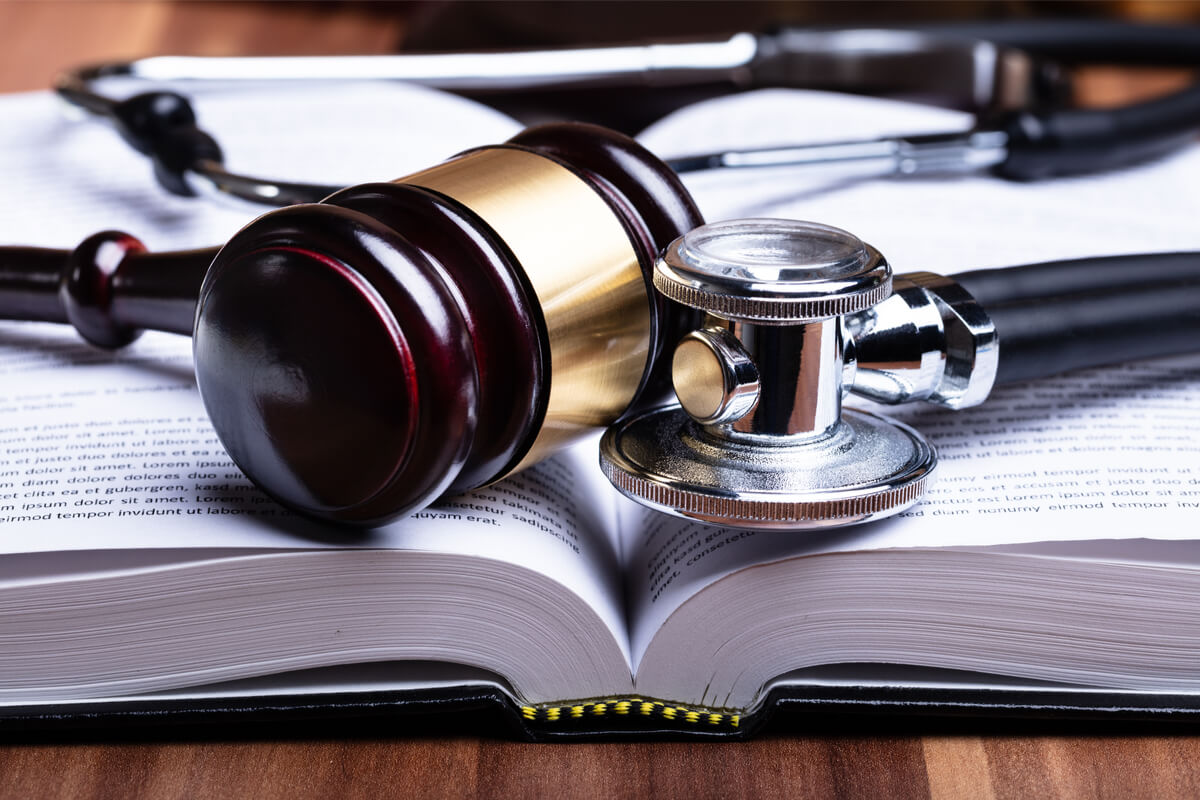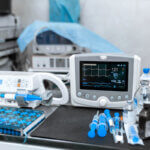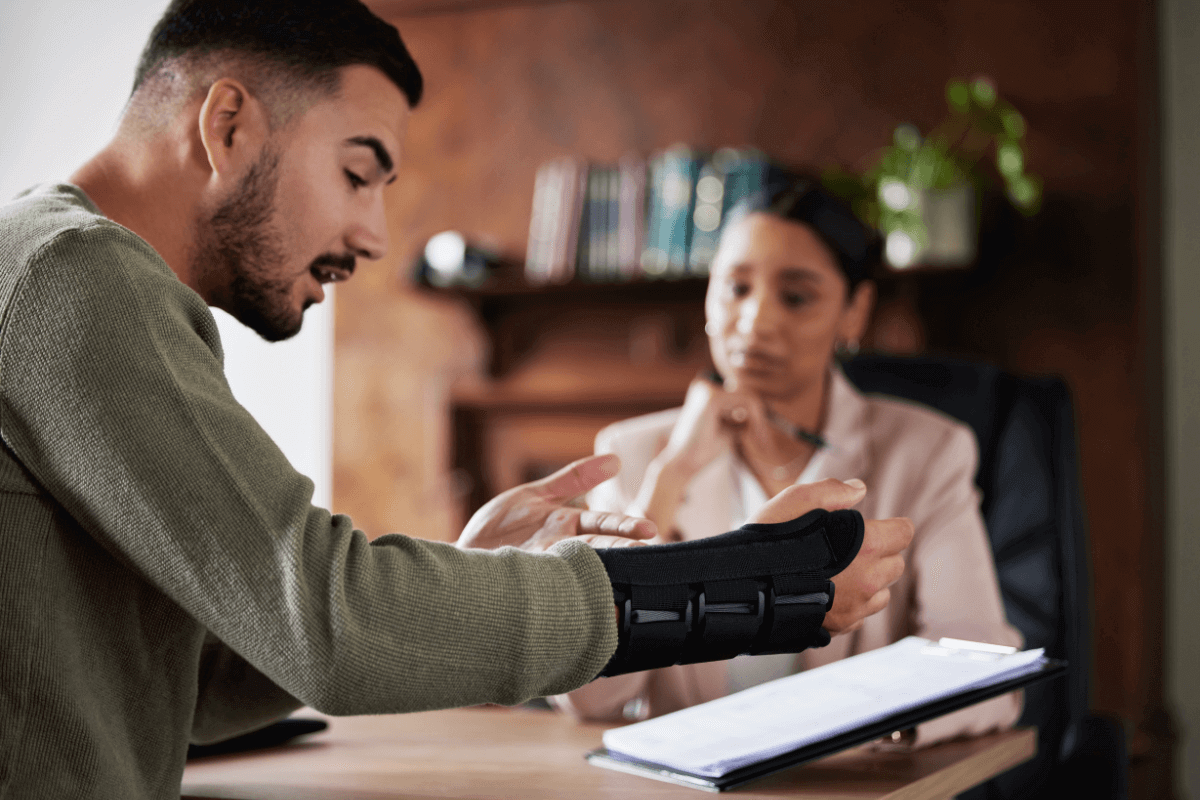
Understanding the legal aspects becomes important when patients suffer injuries due to faulty medical devices. These claims often involve proving a defect in the medical device directly caused the injury. Documenting the injury’s impact, such as medical records and treatment details, is a key step in this process. Furthermore, demonstrating a direct link between the device’s malfunction and the injury is vital.
Legal claims for faulty medical device injuries may address various aspects, including manufacturing defects, design flaws, or inadequate instructions or warnings. In such cases, the manufacturer or other entities in the supply chain might be held accountable. Patients facing such situations often benefit from gathering comprehensive evidence, including medical reports and expert opinions, to support their claims. Timely action is also important, as legal claims are subject to statutes of limitations, which vary by jurisdiction.
Common Types of Faulty Medical Devices: A Closer Look
Faulty medical devices come in various forms, each with its own set of risks and challenges. Some common types include:
- Hip Implants: Problems with hip implants, such as loosening or breaking, can lead to pain, inflammation, and mobility issues. In severe cases, patients might require additional surgery.
- Pacemakers: These devices help regulate heart rhythms. A malfunction can result in irregular heartbeats or failure to correct arrhythmias, posing serious health risks.
- Surgical Mesh: Used in various procedures, defective surgical mesh can cause infections, pain, and tissue damage. It may also lead to the need for further surgical interventions.
- Blood Glucose Monitors: Inaccurate readings from these devices can result in inappropriate treatment for diabetics, potentially leading to dangerous blood sugar levels.
- Breast Implants: Complications like leakage, rupture, or the body’s reaction to these implants can lead to pain, deformity, and other health issues.
Each of these devices, when faulty, can cause significant health problems, highlighting the importance of monitoring and quality assurance in medical device manufacturing.
Legal Rights and Recourse for Victims of Faulty Medical Devices
Victims of faulty medical devices have specific legal rights and potential recourse. When a medical device causes harm due to a defect, the patient may have grounds for legal action. These actions typically focus on issues like manufacturing defects, design flaws, or inadequate warnings or instructions.
In such situations, proving the injury resulted from the device’s failure is key. Patients should document their injuries, treatments, and any other related issues. Legal actions often seek to address the physical and emotional harm caused, as well as financial burdens like medical bills or lost income due to the injury.
These cases can be complex, involving detailed analysis of the device, its use, and the injuries sustained. They highlight the importance of accountability in the medical device industry and the need for effective remedies when devices fail to perform as intended.
How to Identify a Faulty Medical Device: Warning Signs
Identifying a faulty medical device often involves recognizing certain warning signs. These indicators can vary depending on the type of device, but common signs include:
- Unexpected Pain or Discomfort: If a medical device causes pain or discomfort not anticipated, this could be a sign of malfunction.
- Changes in Device Performance: For electronic devices like pacemakers, any irregular performance, such as inconsistent readings or signals, might indicate a problem.
- Physical Damage to the Device: Visible damage, such as cracks or breakage, especially in implants or external devices, is a clear warning sign.
- Infection or Unusual Physical Reactions: Infections or unexpected physical reactions near the site of a medical device can signal an issue.
- Altered Mobility or Function: A sudden change in mobility or function suggests a potential problem for devices like hip or knee implants.
Patients need to monitor their health and the performance of their medical devices. Observing these warning signs and seeking medical evaluation promptly can prevent further complications.
The Role of FDA in Medical Device Safety and Recalls
The Food and Drug Administration (FDA) plays a pivotal role in ensuring the safety of medical devices in the United States. Their responsibilities cover various activities, from pre-market evaluation to post-market surveillance.
- Pre-Market Approval: Before a medical device can be sold, the FDA reviews it, especially for high-risk devices. This process involves evaluating the safety and effectiveness of the device based on evidence provided by the manufacturer.
- Setting Standards: The FDA sets regulatory standards for medical device design, manufacture, and performance. These standards help ensure devices are safe and effective for intended use.
- Monitoring and Surveillance: After a device is on the market, the FDA continues to monitor its performance. They collect and analyze data from various sources, including medical literature, reports from healthcare professionals, and patient feedback.
- Issuing Recalls and Safety Alerts: If a device is found to be defective or poses a health risk, the FDA can issue recalls or safety alerts. They also oversee the recall process to ensure it is effective and reaches all affected parties.
- Regulatory Enforcement: The FDA can enforce regulations by issuing warning letters, seizing products, or pursuing legal action against companies violating laws.
The FDA’s role is integral to maintaining the trust and safety of medical devices, which are vital components of modern healthcare. Their rigorous processes and standards help to mitigate risks associated with medical devices, protecting public health.
Compensation for Medical Device Failure Injuries: What to Expect

When injuries occur due to a faulty medical device, Compensation typically covers various aspects of the patient’s losses and suffering. This can include medical expenses for treatments related to the injury, both immediate and ongoing. If the injury has led to an inability to work, lost income may also be considered.
Additionally, compensation often accounts for pain and suffering caused by the injury. This is more subjective and varies based on the severity and impact of the injury on the individual’s life. In some cases, punitive damages might be awarded if the manufacturer’s conduct is found to be particularly egregious. These are intended to punish wrongful actions and deter similar behavior in the future.
The amount and type of compensation vary from case to case, depending on the specifics of the injury and the circumstances surrounding the medical device failure.
If you are dealing with a medical device recall case, contact Alvendia Kelly & Demarest today at 504-200-0000 to schedule a free consultation.
Categories

In 2003, after being dissatisfied with the quality of legal care for victims of car accidents, Roderick ‘Rico’ Alvendia sought to establish a new firm focused on providing high-quality legal services to aid injured victims and their families. J. Bart Kelly, sharing Rico’s passion for upholding justice, joined the firm later that year, and established a partnership.






